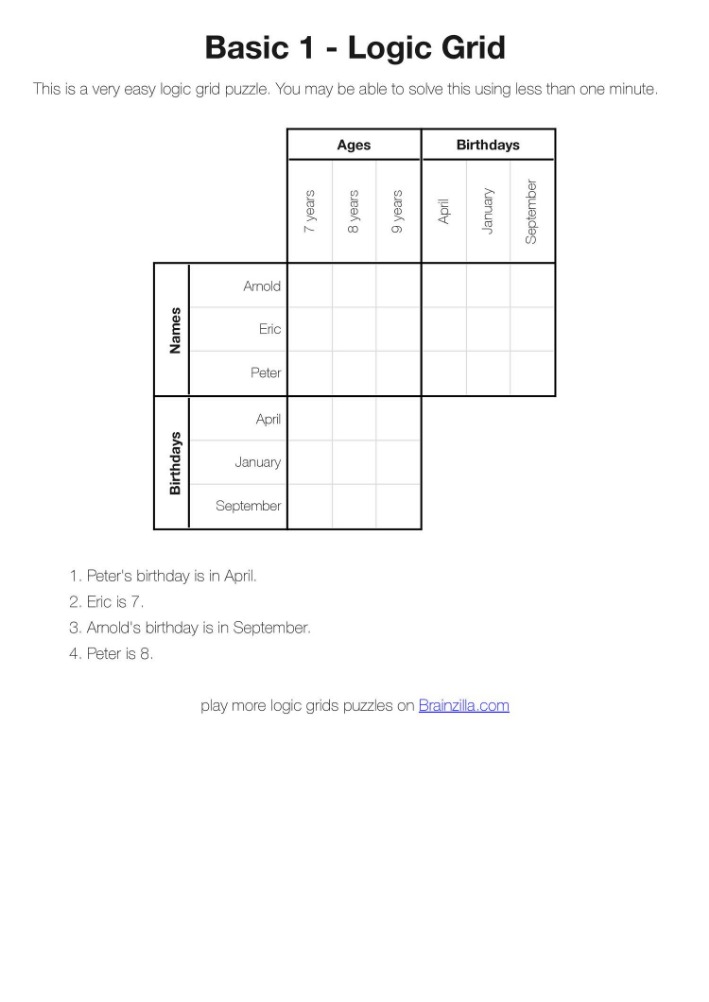The quirky charm of the chicken road game lies in its simple premise: guide a plucky bird through lanes of danger toward a promised kernel of reward. It’s part reflex test, part pattern puzzle, and entirely an ode to tiny triumphs against traffic.
What Defines a Chicken Road Game?
At its core, a chicken road game balances anticipation with improvisation. Players read traffic rhythms, time steps, and weigh risks—dash now, or wait one beat longer? The genre thrives on tight feedback loops and micro stakes that feel large in the moment.
Origins and Evolution
From arcade roots to mobile ubiquity, the chicken road game evolved by shaving friction. Sessions became snackable; visuals turned bold and readable; controls boiled down to a tap, swipe, or single directional input. The genre’s soul stayed intact: minimal rules, maximal tension.
Design Ingredients That Matter
To craft a satisfying experience, designers tend to focus on a few key elements.
- Readable motion: Vehicles and hazards telegraph speed and path clearly.
- Rhythmic variance: Patterns evolve so players can’t rely on one timing trick.
- Snappy restarts: Fail fast, learn fast, retry faster.
- Micro-rewards: Sub-goals—coins, feathers, or streak bonuses—soften losses.
- Fair hitboxes: Precision that matches the visuals prevents “I didn’t touch that!” moments.
Progression Without Clutter
A polished chicken road game layers complexity in clear steps: new lane types, weather shifts, moving platforms, or convoy events that briefly re-script the screen. Cosmetic unlocks reward persistence while keeping the skill ceiling uncluttered.
Why Players Keep Crossing
There’s a peculiar psychology at play. Each crossing is a compact story: risk, setback, adaptation, success. The loop creates flow—just enough uncertainty to trigger focus, just enough control to feel responsible for outcomes.
Quick Tips for Getting Further
- Watch before you move: count beats between hazards to map a safe cadence.
- Commit to a line: lateral hesitation causes more losses than bold steps.
- Use edges: hugging lane borders widens dodge options.
- Reset mindset: treat every run as a new pattern, not a repeat.
Micro-Moments of Delight
Small delights—a silly squawk on near-miss, a glittering seed after a hard cross, a snapshot replay—turn a simple chicken road game into a sticky habit loop. The best examples make failure feel like a joke you’re in on, not the butt of.
FAQs
Is a chicken road game just an action title?
It blends action with light puzzle logic; reading patterns is as vital as reflexes.
Do cosmetics or power-ups break the challenge?
Not if they’re cosmetic-first and time-limited. Power-ups should create interesting choices, not trivialize traffic.
What’s the ideal session length?
One to three minutes per run encourages “one more try” without fatigue.
How do developers keep it fresh?
Seasonal twists, rotating hazards, and weekly challenges refresh mastery without rewriting core rules.
Whether chasing a personal best or simply savoring tiny, triumphant dashes, the humble chicken road game endures because every road tells a new micro-tale—and every crossing asks the oldest question: do you go now, or wait one more beat?



